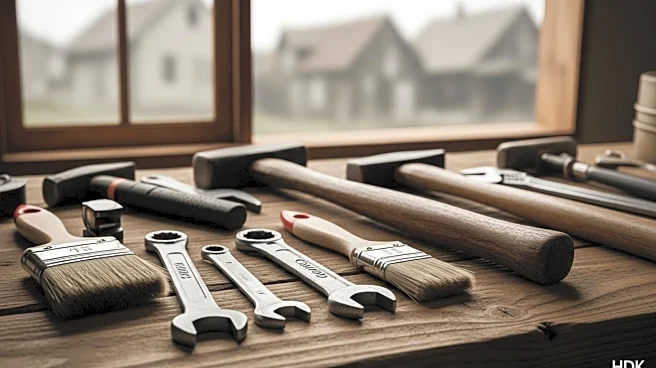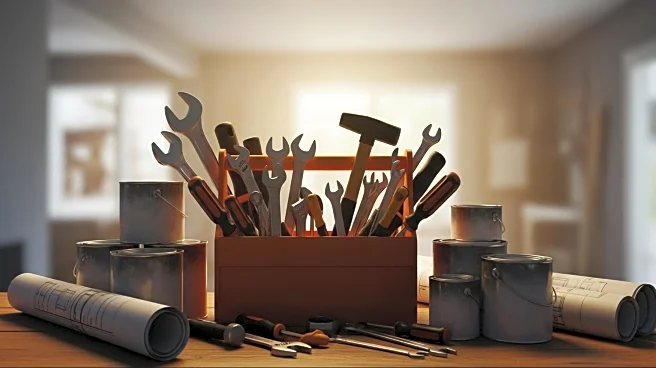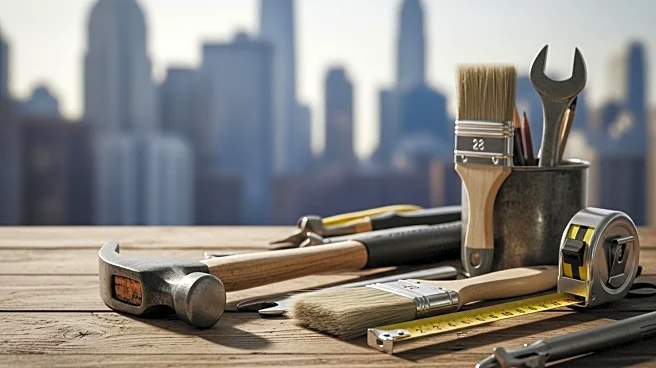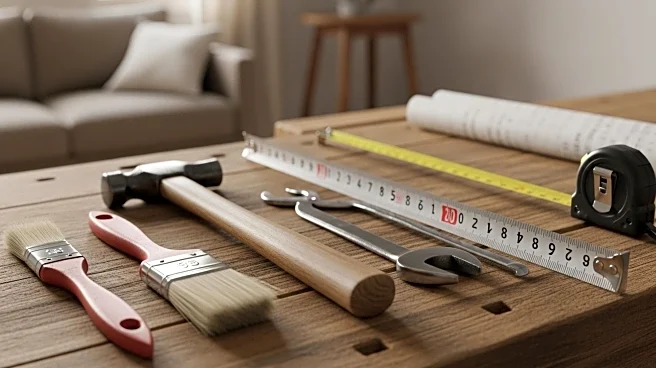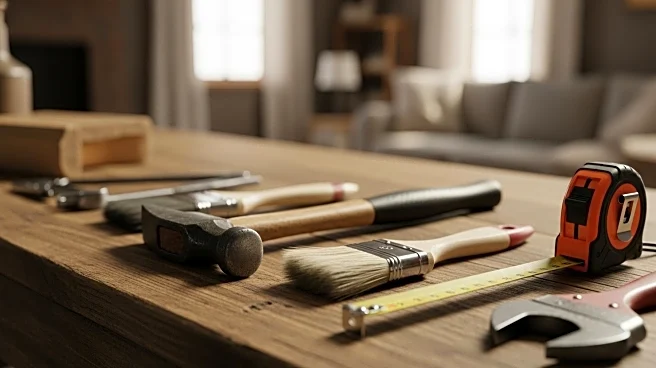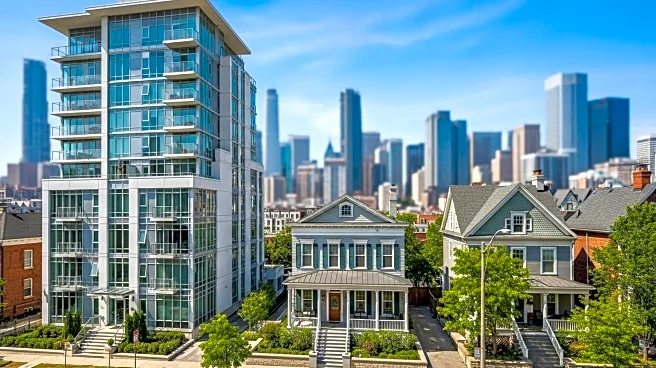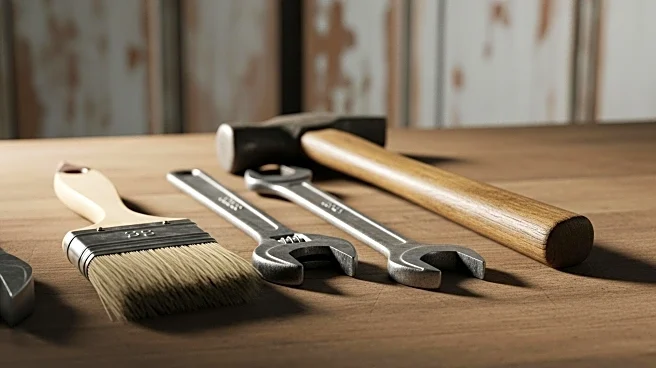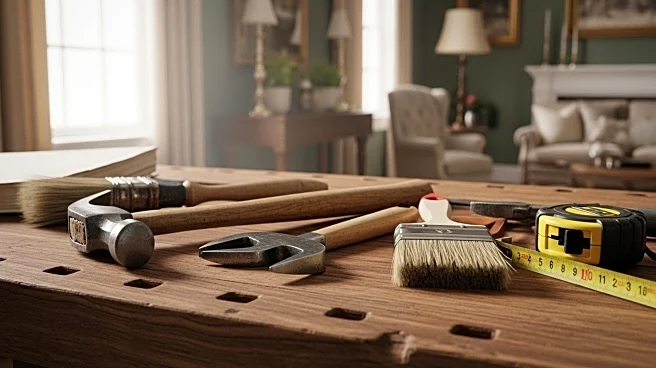What is the story about?
What's Happening?
Realtor.com has identified several metropolitan areas in the Midwest and Northeast where fixer-upper homes are available at significant discounts compared to move-in ready properties. These homes, often older single-family residences, offer savings ranging from 56% to nearly 78%. The typical fixer-upper is a single-family home from 1958, averaging 1,628 square feet with three bedrooms and two baths, priced around $200,000. Key metros for these discounts include Jackson, MS; St. Louis, MO; Birmingham, AL; Pittsburgh, PA; and Toledo, OH, with discounts exceeding 67%. In Syracuse, NY, 11.5% of properties are in need of renovation. Buyers are encouraged to assess their renovation skills and financial capabilities before purchasing.
Why It's Important?
The availability of discounted fixer-upper homes presents a significant opportunity for buyers looking to invest in real estate. These properties allow for customization and potential profit through renovation. The trend is particularly relevant in markets with high demand and low supply, offering a chance for buyers to enter the housing market at a lower cost. This could impact local economies by increasing homeownership rates and stimulating renovation-related industries. Buyers who are skilled in renovations or have the financial means to hire professionals stand to benefit the most from these opportunities.
What's Next?
Potential buyers may begin to explore these markets more aggressively, leading to increased competition for fixer-upper properties. Real estate agents and renovation companies might see a rise in demand for their services. As more buyers invest in these homes, local economies could experience growth in construction and home improvement sectors. Additionally, there may be an increase in community revitalization efforts as renovated homes enhance neighborhood aesthetics and property values.
Beyond the Headlines
The trend towards purchasing fixer-upper homes could lead to broader cultural shifts in homeownership, where customization and personal investment become more valued than immediate move-in readiness. This may also influence urban development policies, encouraging cities to support renovation projects through incentives or grants.
AI Generated Content
Do you find this article useful?
